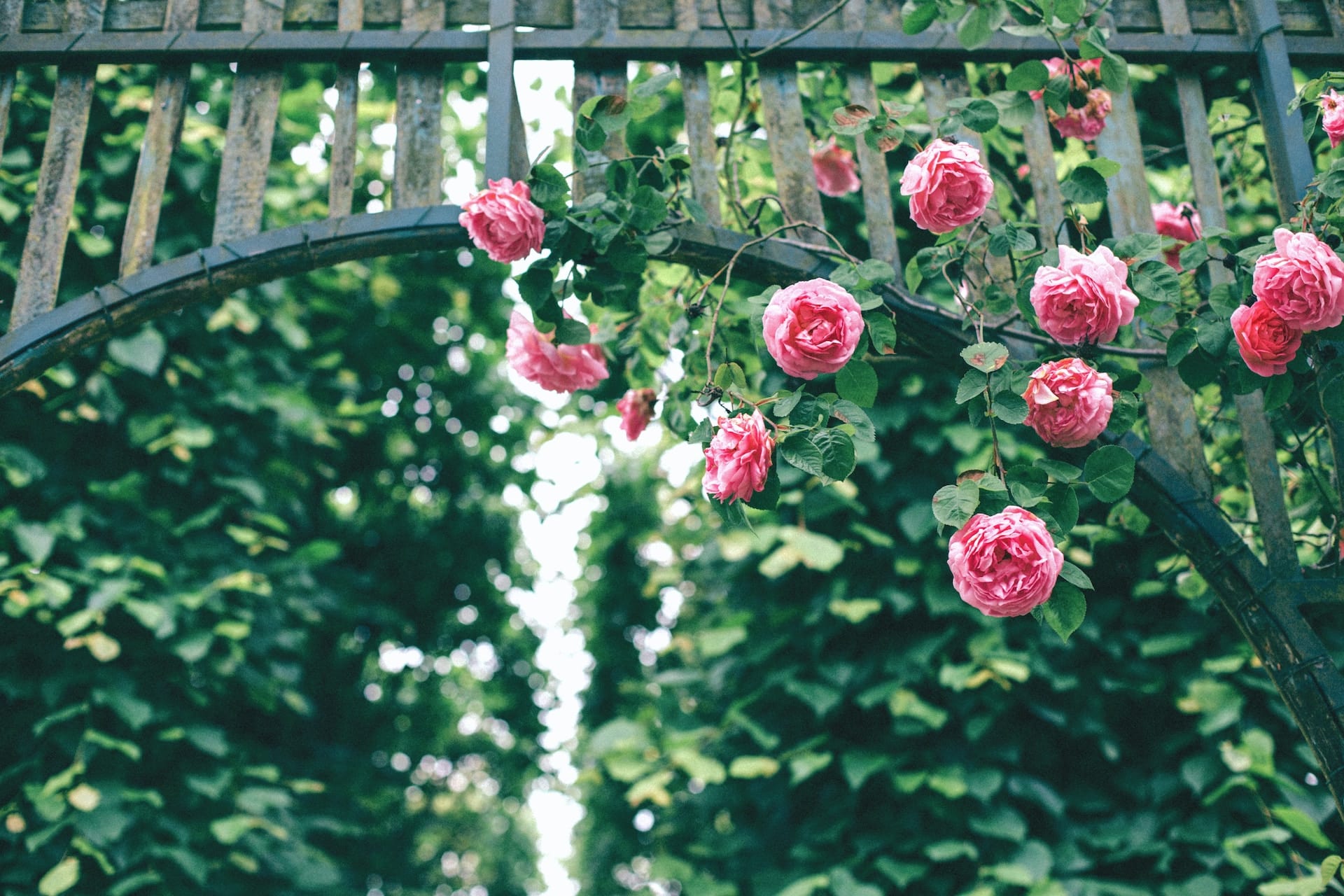
SIMPLE PLANNING TO PREVENT COMMON PROBLEMS
1. Choosing an area that already contains appropriate soil will significantly reduce the labor needed to prepare the soil.
2. If you already have a low spot in your yard, you can simply direct your roof runoff to this area and plant a few rain garden plants.
3. Avoid planting your rain garden in an area that has poor drainage to begin with. The soils present in these areas are most likely clay and will not absorb the water quickly enough for a functioning rain garden.
4. Your rain garden should pond for about an hour after a rain event. If it takes longer than an hour, your soil may have high clay content. It is important to make sure the rain garden absorbs the water at the appropriate rate, because pooling water attracts mosquitoes.
5. If the area surrounding your rain garden is mostly clay, you may want to make it deeper so that it will be able to retain more water.
6. Choosing native plants for your rain garden means the garden will need less maintenance and is particularly adapted to survive in the conditions which it will be exposed to.
7. Planting butterfly and hummingbird attractant plants for more enjoyability.
8. Pay attention to how much sun or shade your rain garden gets when choosing plants.
9. Each rain garden has three areas: the middle should contain plants that can stand a lot of water, the side should contain plants that can tolerate fluctuating amounts of water, and the berm should contain plants that can stand more arid conditions.
10. Keep in mind that your rain garden should function as a sponge, quickly absorbing water and slowly releasing it through evaporation and transpiration.
Links for more information
